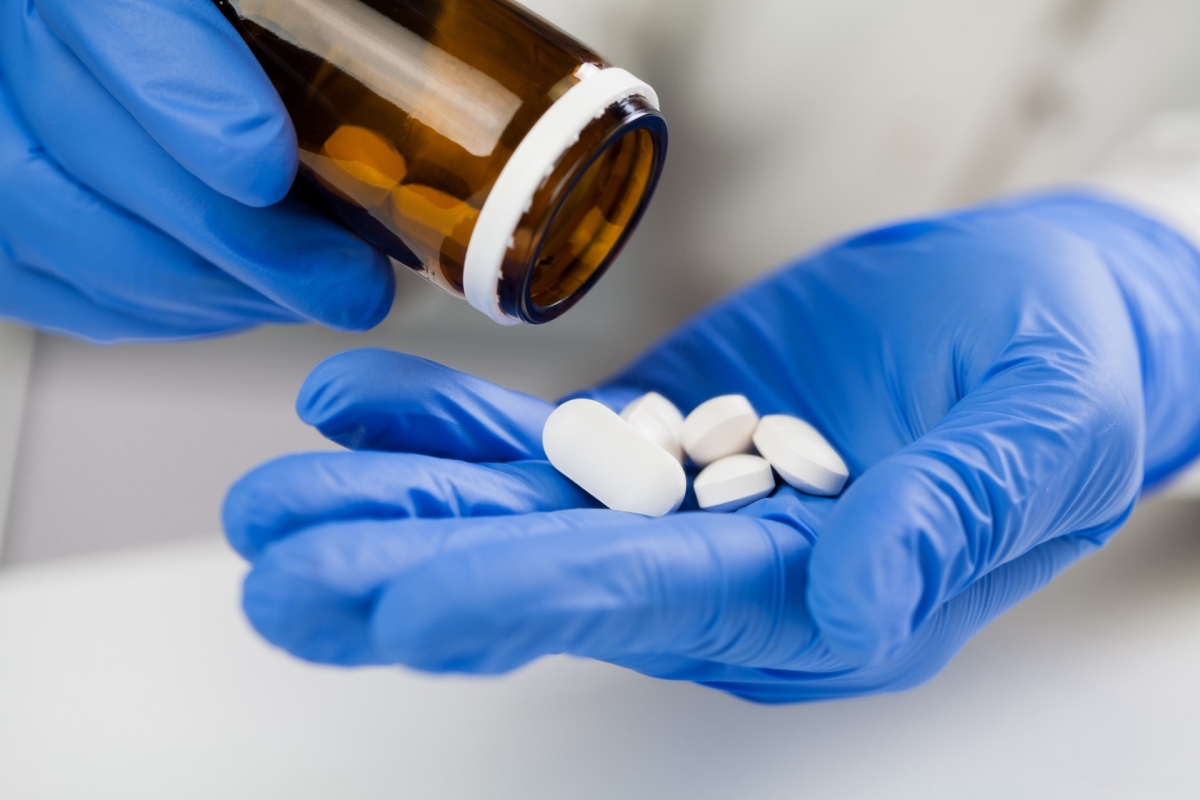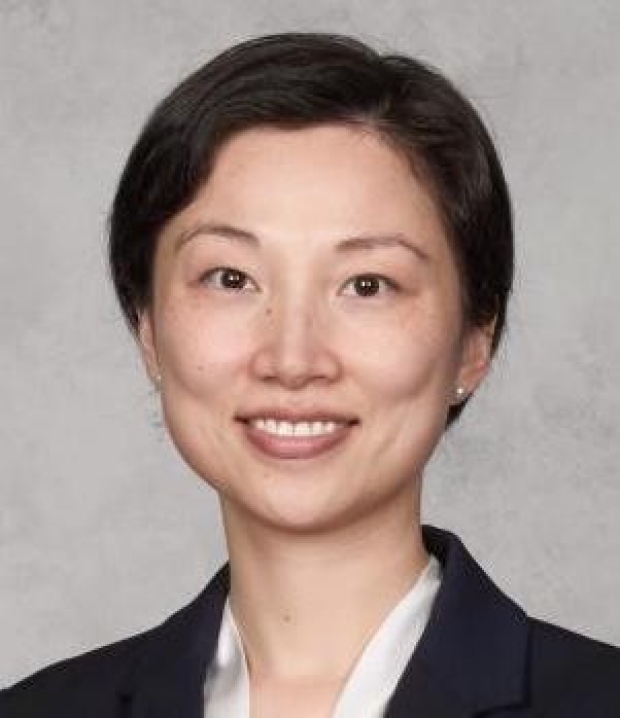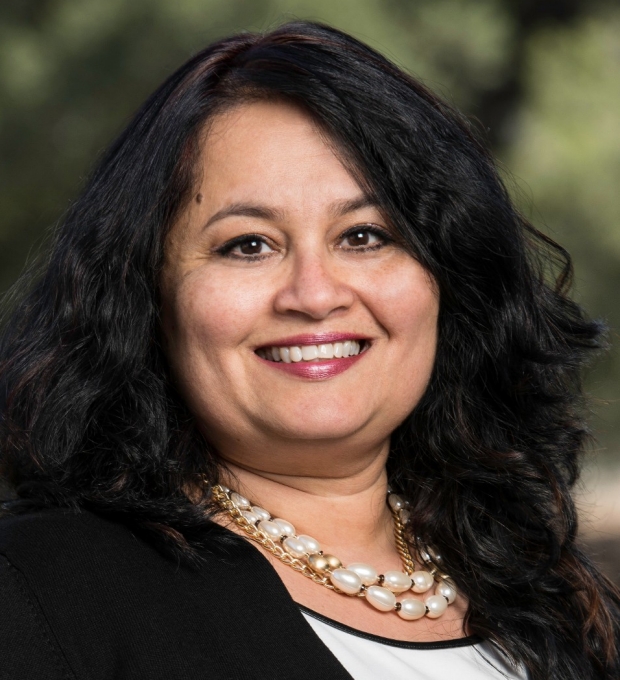
Stanford Medicine researchers found that Paxlovid — helpful for those who are newly infected — did not appear to benefit those with long COVID.
Milos - stock.adobe.com
In a clinical trial conducted by Stanford Medicine investigators and their colleagues, a 15-day course of Paxlovid — an antiviral drug combination targeting SARS-CoV-2, the virus that causes COVID-19 — proved safe as an extended-duration treatment but didn’t lessen select symptoms of the syndrome known as long COVID: the persistence, or reappearance, of COVID-related symptoms three months or more after an initial COVID-19 infection.
The findings are described in a paper published June 7 in JAMA Internal Medicine.
Paxlovid is a highly effective antiviral agent licensed for treatment of acute COVID-19. It’s approved by the Food and Drug Administration for the treatment of adults who are newly infected with SARS-CoV-2, have mild or moderate COVID symptoms, and are at high risk of complications because of age or various predisposing conditions. A five-day Paxlovid regimen has been shown to reduce recipients’ likelihood of hospitalization and death by more than 85%.
While the Stanford trial did not show that Paxlovid reduced long COVID symptoms, it did show that taking the drug for more than two weeks was safe.
“We’ve demonstrated the overall safety of a 15-day course of Paxlovid — that’s three times as long as it’s being taken for acute COVID,” said Linda Geng, MD, PhD, clinical associate professor of primary care and population health, who was one of the trial’s two co-principal investigators.
Geng is the paper’s lead author. Its senior author is the trial’s other co-principal investigator, Upinder Singh, MD, professor and chief of infectious disease and geographic medicine and of microbiology and immunology.
Desperate people
“While there are now improved therapies and treatment practices for acute COVID, there’s nothing FDA-approved for long COVID, people continue to suffer and the numbers keep piling up,” Geng said.
An estimated 10% to 20% of SARS-CoV-2-infected people — tens of millions in the United States alone — develop long COVID. That estimate is fuzzy, because the definition of long COVID is ambiguous. More than 200 separate symptoms have been ascribed to the syndrome. These symptoms are often shared by other conditions, making a definitive diagnosis hard to pin down. It may well be that long COVID is a collection of different diseases set in motion by acute COVID but with different underlying mechanisms and effects and accordingly distinct methods required to alleviate them.

Linda Geng
Indeed, numerous causes of long COVID have been posited. Among them are virus-induced changes in our resident gut bacteria; residual inflammatory overdrive; COVID-spurred autoimmunity; and the reawakening of other infectious viruses that have woven themselves into our genomes and remained dormant, only to emerge when our SARS-CoV-2-preoccupied or exhausted immune systems let their guard down.
The randomized, controlled, double-blinded phase 2 trial, known as STOP-PASC, is the first such test of Paxlovid treatment for long COVID. (STOP stands for Selective Trial of Paxlovid. PASC is an acronym for Post-Acute Sequelae of COVID, medical scientists’ formal name for long COVID.) The trial was designed to explore the so-called viral-reservoirhypothesis of long COVID: the possibility that while initial symptoms may have abated and measured viral counts gone to zero, the virus or viral debris persists in deep tissues, hiding out and perhaps replicating slowly there.
“Some studies suggest that viral particles and molecular debris could be responsible for some long-COVID sufferers’ ongoing symptoms,” Singh said. “We figured if that’s the case, maybe treating them with Paxlovid could relieve some of these symptoms.”
There are anecdotal reports of Paxlovid providing relief for long-COVID symptoms. “We’ve observed long-COVID patients who’ve improved after taking Paxlovid for new infections,” said Geng, who co-directs Stanford’s long-COVID clinic.
The trial
Between November 2022 and September 2023, Geng, Singh and their colleagues enrolled and followed 155 trial participants who’d tested positive for SARS-CoV-2. All but two had been vaccinated. Demographically, they broadly reflected the San Francisco Bay Area’s ethnic distribution. Their median age was 43; about two-thirds were between 34 and 54 years old.
On average, participants had been initially infected more than 16 months before enrolling in the trial. Yet, each participant reported moderate to severe cases of at least two out of six common “core” long-COVID symptoms: fatigue, brain fog, shortness of breath, body aches, and cardiovascular or gastrointestinal symptoms.
Half of the study participants were randomized to a 15-day course of Paxlovid; the others received a placebo along with low dosages of one of the two separate drugs that, combined, constitute Paxlovid. Both of these drugs are antiviral agents, but only one of the two, nirmatrelvir, has been found effective against SARS-CoV-2. The other drug, ritonavir, has no direct efficacy against this virus, but it ties up some of the same liver-resident enzymes that break down nirmatrelvir, boosting nirmatrelvir’s effective concentration in the body.
Because ritonavir can cause an easily recognized side effect — a metallic taste in the mouth — the investigators added it to the placebo formulation so placebo recipients wouldn’t be able to distinguish it from the active drug, and vice versa.

Upinder Singh
Partway through the study, the data was submitted to an independent group for preliminary analysis. On determining that safety appeared to pose no problem but no benefit was yet evident, the researchers continued the trial but stopped recruiting new participants.
At 10 weeks, the prespecified time point for the final comparison, there was no statistically significant difference between the two groups in the study’s primary endpoint: a reduction in the severity of the six core symptoms. Nor was there any detectable divergence between the two groups in numerous secondary outcomes such as seated and standing blood pressure and heart rates, and performance on the one-minute “sit and stand” test (subjects are asked to sit in a chair, stand up and sit down again repeatedly as fast as they can for a minute).
The 15-day drug regimen was, however, safe. There was one serious, possibly trial-related adverse event (hepatitis) among the placebo recipients, while the three cases of serious adverse events experienced by Paxlovid recipients (blood loss anemia, forearm fracture and melanoma) were judged to be unrelated to the drug treatment.
“One reasonable implication of our results is that Paxlovid can be given safely for a longer period of time,” Singh said, “for example, in instances where a newly infected patient is immunocompromised.”
The challenge of being first
The apparent absence of a clinical response in the recent trial doesn’t rule out the possibility that Paxlovid might be found to reduce long-COVID symptoms in some people, Singh said, remarking that too many questions remain unanswered: “Should we have tested patients with symptoms present after only seven or eight months instead of 16 or 17? Should we have treated them for a longer time? Were we even testing the right patients? Maybe only some symptoms will be responsive to antiviral treatment.”
If long COVID is not a single entity, the required treatment could differ among people exhibiting different clusters of symptoms.
Even routine testing of participants for the initial or post-treatment presence of cryptic SARS-CoV-2 — which by definition would be tucked away out of reach of the immune system and, perhaps, simple blood tests — was a nonstarter, Singh said, because simple, noninvasive, cheap tests are nonexistent.
Intriguingly, on average both the intervention- as well as placebo-arm participants’ overall symptoms improved over the course of the study. That could be good news, indicating that long-COVID symptoms generally subside with time. On the other hand, there’s the possibility of a placebo effect: The extra attention and concern from nurses, doctors and other health-provider types, as well as the hope of relief from the drug, may nudge placebo recipients to sense subjective improvement — or even to experience objective improvement — in their condition.
Plus, the absence of validated objective biomarkers made it tough to tell if one person’s reported improvement was bigger than another person’s.
Results from a number of chemical tests, immunological tests and wearables measurements taken throughout the trial may help the Stanford Medicine team find out whether some people benefited considerably more than others from Paxlovid and, if so, how they might be distinguished in advance of treatment or enrollment in a new trial.
“We hope to report on our analyses of these measurements in four to six months,” Singh said. The results may inform other clinical trials, now underway or in planning stages, of Paxlovid and other drugs’ capacity to counter long-COVID symptoms. These trials are sponsored by the National Institutes of Health as well as by Pfizer, Inc., Paxlovid’s developer, manufacturer and marketer.
Funding information
Researchers from Kaiser Permanente North California and Pfizer contributed to the work.The trial was funded by Pfizer.